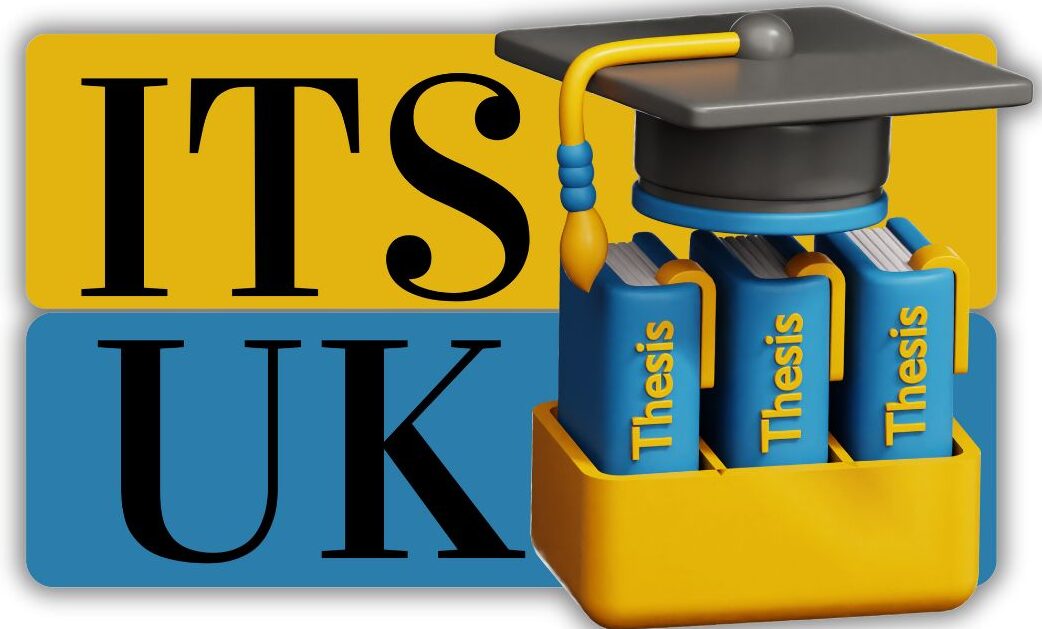Description
The Role of Leadership Styles in Employee Motivation: A Comparative Studies Across Industries
Abstract
Leadership styles play an important role in influencing employee motivation, engagement, and productivity in various industries. For instance, transformational, transactional, and laissez-faire are different styles that influence the work environment and job satisfaction. This study analyses the industry’s challenges and expectations of employees to determine how styles should be approached. It mentions successful techniques for fostering motivation in diverse workplaces. Tailored leadership styles of organizations should result in higher engagement and productivity. Moreover, leaders need to understand how their behavior influences employee motivation. In addition, investments in leadership development boost organizations’ long-term performance and growth.
This study employs a comparative design, including employee and leader surveys and interviews. This research delves into behaviors that make the leaders excel, especially in technology, healthcare, and manufacturing environments. Transformational leaders inspire employees through vision, innovation, and personal support. Experts recommended this style for highly creative and adaptive industries such as technology. It is found that transactional leaders will reward and provide incentives regarding best performance. The laissez-faire leader maintains a very hands-off approach by allowing subordinates enough autonomy.
As a result, findings from this study would help provide actionable information for leaders trying to optimize their employees’ motivational levels within organizations. By catering to the appropriate industry demands and workforce expectations of leadership styles, organizations should be able to engender higher levels of engagement and productivity. Therefore, this study contributes to existing literature by emphasizing the need for adaptable approaches with industry-specific recommendations. Understanding the relationship between leadership styles and employee motivation helps organizations build supportive environments for long-term success. In conclusion, effective leadership is a primary determinant of workforce motivation and organizational performance. Therefore, it reinforces the crucial role of leadership strategies in business excellence.
Read more about the topic
The Effect of Leadership Style and Motivation on Employee Performance
R&D Leadership Styles and Behaviors: A Review and Research Agenda








Reviews
There are no reviews yet.